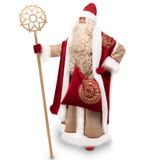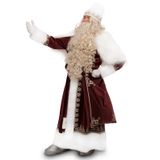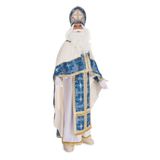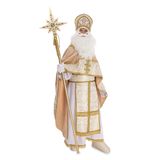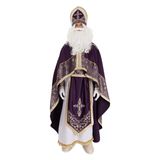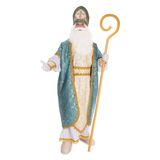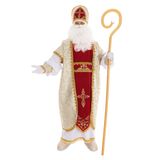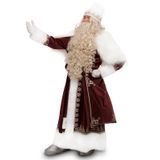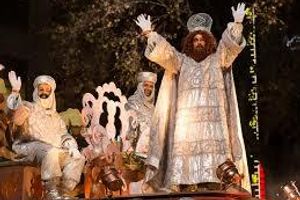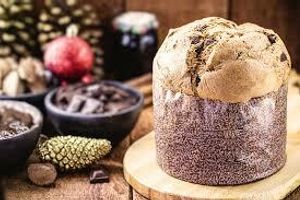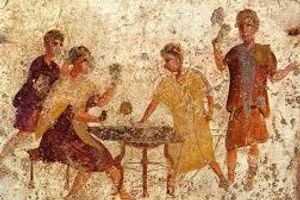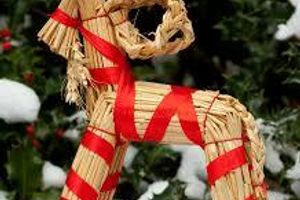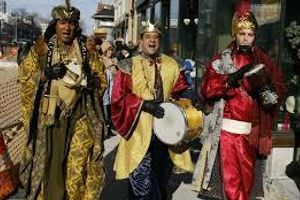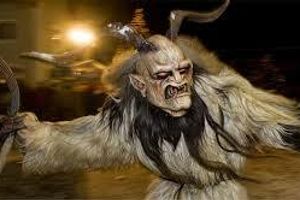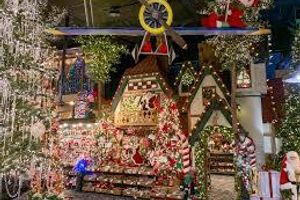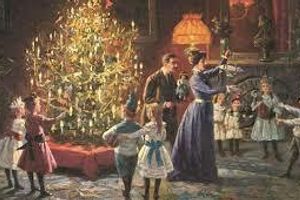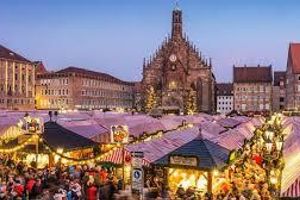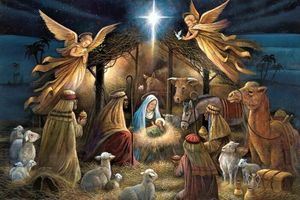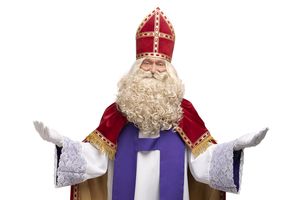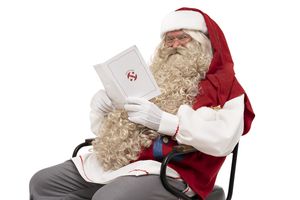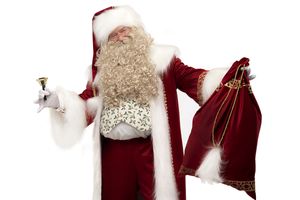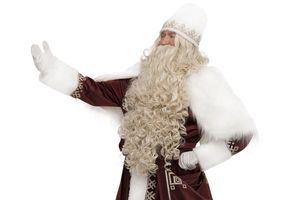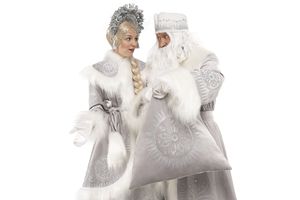How Christmas Was Celebrated in the Middle Ages
Christmas in the Middle Ages was one of the most important and anticipated holidays of the year. It combined religious ceremonies, pagan traditions, and social customs, making it a multifaceted and fascinating phenomenon. The celebration of Christmas in medieval Europe had its unique features that reflected the life and beliefs of the time.
Religious Aspects of the Celebration
Liturgy and Church Services
One of the key components of Christmas celebrations in the Middle Ages was church services and ceremonies. Christmas was celebrated as the birth of Jesus Christ, and this day was dedicated to worship. All services were extremely solemn and included hymn singing, prayers, and readings from the Holy Scriptures. A significant part of the services was the Midnight Mass, symbolizing the birth of the Savior.
Christmas Plays
In medieval towns and villages, Christmas plays depicting scenes from the life of Jesus Christ were popular. These theatrical performances, often held outdoors, had a religious content and were part of the festive events. Such plays helped people better understand biblical stories and feel the spirit of Christmas.
Pagan Traditions and Folk Customs
Winter Solstice Celebrations
Many Christmas traditions in the Middle Ages had their roots in pagan rituals associated with the winter solstice. Before the adoption of Christianity, the winter solstice was celebrated as a festival of the return of the sun and light. These traditions were adapted to Christian celebrations, preserving their core elements, such as bonfires and candles symbolizing light and warmth.
Yule Tradition
In Scandinavian countries, there was a tradition of celebrating Yule, which also influenced medieval Christmas rites. Yule was a festival dedicated to the god Odin and included rituals such as burning the Yule log, singing, and dancing. These elements of celebration were later integrated into the Christmas traditions of Christian Europe.
Social and Family Traditions
Festive Feasts
Christmas in the Middle Ages was also a time for grand festive feasts. Families and communities gathered together to share food and festive cheer. Tables were laden with a variety of dishes, including meat, fish, bread, and assorted sweets. A special delicacy was stuffed goose or turkey, as well as meat and fruit pies.
Gift-Giving Tradition
The tradition of exchanging gifts at Christmas dates back to the Middle Ages. Although the gifts were much more modest than today, they were still an important part of the celebration. People gave each other symbolic gifts such as food, candles, or handmade items, which had not only material but also spiritual value.
Influence of Medieval Celebrations on Modern Traditions
Christmas Markets
One of the most notable elements of Christmas celebrations that have survived from the Middle Ages to the present day is the Christmas market. In medieval towns, markets were places where people could buy various goods, from food to craft items. Markets were not only places of trade but also important social events where people could interact and have fun.
Carnivals and Masquerades
In the Middle Ages, Christmas celebrations were often accompanied by carnivals and masquerades. People dressed in costumes, masks, and participated in festive parades and performances. This tradition remains popular today, especially in Christmas parades and New Year's carnivals.
Carol Singing
The tradition of carol singing also originates from the Middle Ages. Carolers went from house to house, singing songs and greeting the hosts with the holiday. In return, they were rewarded with food, drinks, or small gifts. Today, this tradition continues in many countries and is an integral part of Christmas celebrations.
Conclusion
Christmas in the Middle Ages was a multifaceted holiday that combined religious, pagan, and social traditions. These traditions created a unique atmosphere of celebration that has survived to this day. Today, we continue to celebrate Christmas, using many customs and rites that have come to us from the Middle Ages, bringing joy and warmth to every heart.















